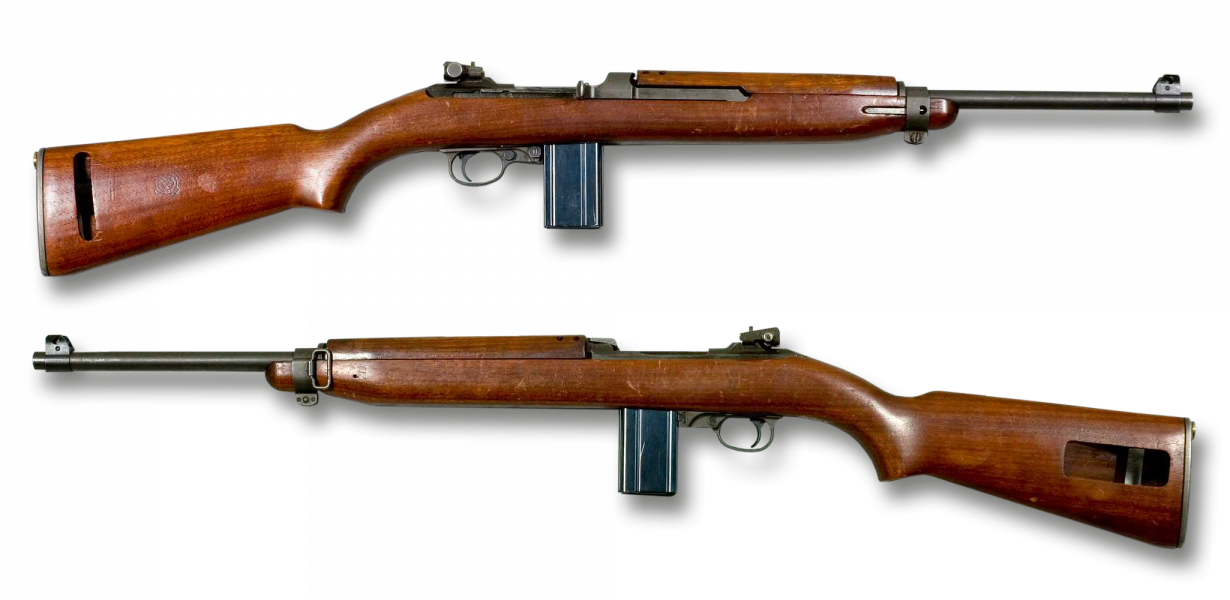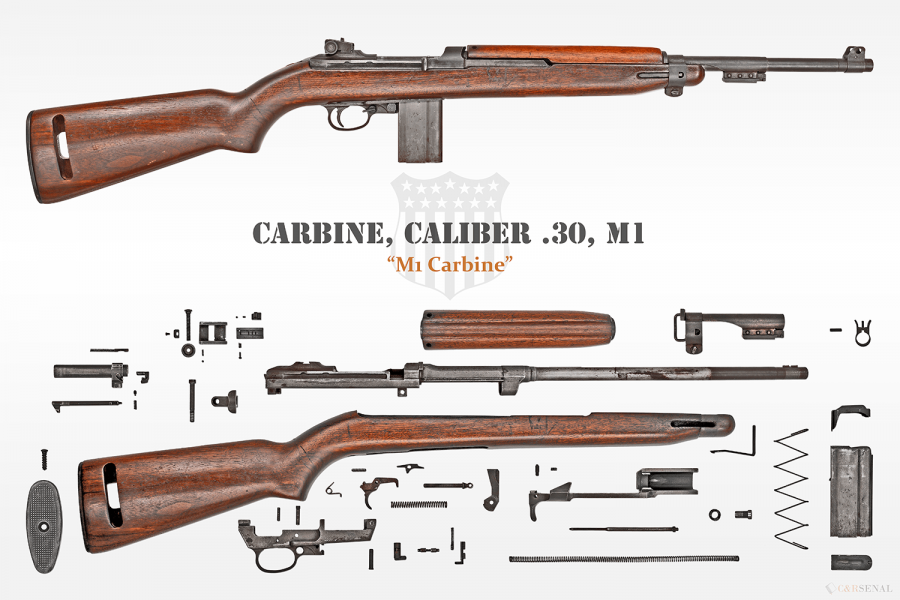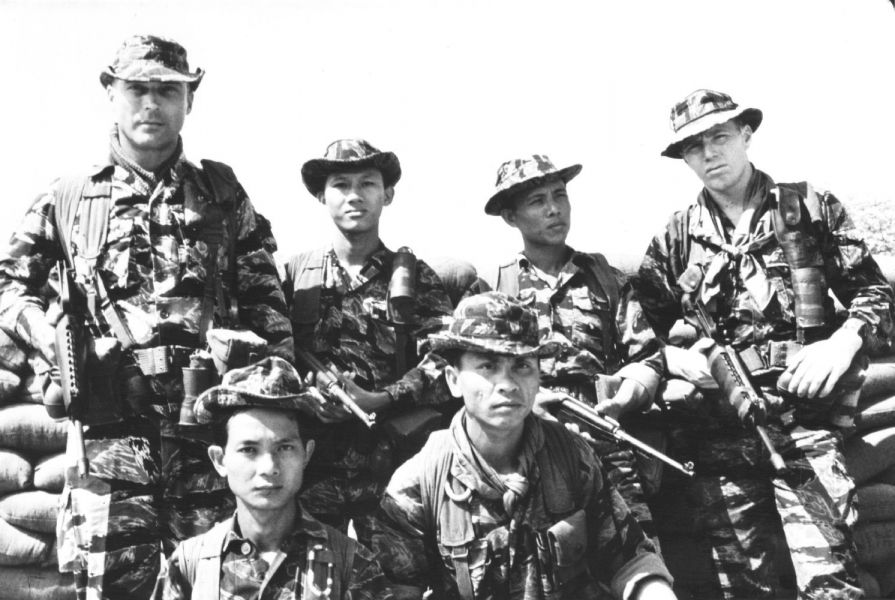M1A1 Carbine
| Factions | Weapon | Icon | Classes | Ammo |
|---|---|---|---|---|
 US |
 M1A1 Carbine |
 |
15+1 / 45 |
| Damage Base | Headshot × | Chest × | Stomach × | Leg × | Arm × | Bayonet | Rifle Grenades | Reload Speed | |
|---|---|---|---|---|---|---|---|---|---|
| Partial | Empty | ||||||||
| 36 | ×2.4 = 86.4 | ×1.2 = 43.2 | ×1.15 = 41.4 | ×0.8 = 28.8 | ×0.7 = 25.2 | YES | YES | 2.533 Seconds | 3.233 Seconds |
| Designation | Weapon Type | Fire Modes | Fire Rate | Bullet Spread ° | Range Modifier | Muzzle Velocity | Projectile weight | Weight |
|---|---|---|---|---|---|---|---|---|
| M1A1 Carbine | Carbine | Semi | 750 RPM | 7.3° & 1.05° ADS | 0.960 | 607 m/s | 7.1 g (109.5 gr) | 2.4 kg (5.29 lbs) |
| Full name | Caliber | Place of Origin | Date | Manufacturer | Barrel Length | Total Length | Weapon Script Name |
|---|---|---|---|---|---|---|---|
| Carbine, Caliber .30, M1 | 7.62x33mm | USA | 1942 | Many | 17.75 in (451 mm) | 35.6 in (900 mm) | weapon_m1c |
HISTORY
The M1 and M2 carbines issued to U.S. forces were first given to American military advisors in Vietnam beginning in 1956, and later, the United States Air Force Security Police and United States Army Special Forces. These weapons began to be replaced by the M16 in 1964, and they were generally out of service by the 1970s. By the war's end, it was estimated that a total of 1.5 million M1 and M2 carbines were left in Vietnam.
At least 793,994 M1 and M2 carbines were given to the South Vietnamese and were widely used throughout the Vietnam War. A number were captured during the war by Việt Cộng, with some made compact by shortening the barrel and/or stock. "While the carbine's lighter weight and high rate of fire made it an excellent weapon for small-statured Asians, these guns lacked sufficient hitting power and penetration, and they were eventually outclassed by the AK-47 assault rifle." The M1/M2/M3 carbines were the most heavily produced family of U.S. military weapons for several decades. They were used by every branch of the U.S. Armed Forces.
SOURCE
-
ARVN soldiers with M1 carbines and U.S. Special Forces with M16s


